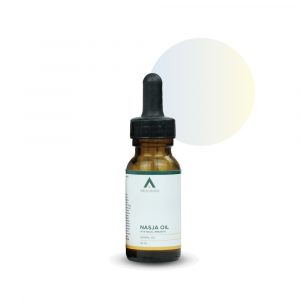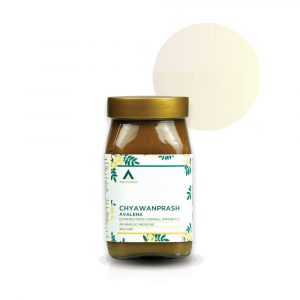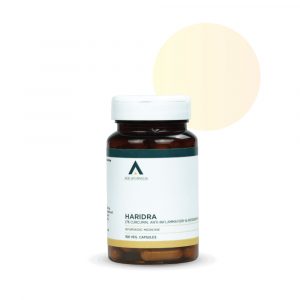Karela
Diabetes CareDigestionDigestive WellnessImmunity WellnessKidney CareRespiratory WellnessSkin CareContains 60 Vegetable Capsules made in a GMP certified facility
Dosage:
Adults: 1 to 2 capsule twice daily, preferably with water or as directed by physician.
Children: 1 capsule twice daily, preferably with water or as directed by physician.
Side Effects and special precautions: No known side effects have been observed during its traditional use.
Description
What is Karela ?
Karela is botanically known as Momordica charantia and bitter melon or bitter gourd in English. In Ayurveda Karela comes under the category of “Shak Varg”, which makes it a vegetable full of medicinal properties.
How and where is Karela cultivated ?
Karela is a herbaceous plant that grows like a vine, about 15 to 20 ft in length. Each Vine bears the fruits of karela, which is oblong in shape with a rough and warty skin. The flesh and seeds are soft inside and are both edible. In North India, the harvest occurs from June to July. Karela is a native vegetable of India originated and it is believed to have been introduced into China in the 14th century. It is widely used in the cuisines of Asia and Africa.
What are the uses of Karela?
Ayurvedic approach
The compilation of all Ayurvedic literary treasury has been accumulated in one single book in 1867 called “Nighantu Ratnakar”. The Sanskrit shloka in these texts highlights the properties and the benefits of consuming Karela. Bitter taste is also key to its health benefits
The shloka clearly states the various ailment for which Karela is beneficial. Let’s analyse each one as mentioned above.
1. “Aruchi”, Karela can ignite taste within the individual to ensure no eating disorders arise.
2. Addresses Kapha and Vata, Karela has the properties to remove unwanted toxins (Ama) or metabolites from the body which arise due to Kapha imbalance, as well as oxidative disorders that arise from the Vata imbalance.
3. “Rakta dosh”, “Krimi”, “Pitta”,“Pandu” and “Jwar”. Karela which is bitter in taste addresses problems related to blood, which may be due to worms and thereby address anemia and fever.
4. “Shwas-Khas” and “Kamala”. Karela is beneficial in respiratory disorders as well as Jaundice.
5. The Main therapeutic benefit of Age Ayurveda Karela is in Diabetes. A study done in 1960 revealed that Karela has the capacity to regulate carbohydrate digestion and glucose utilization, by regulating metabolism. Since it can mimic insulin and secretagogue characteristics it can support the anti-oxidant defense in diabetes. Therefore it has the potential to substantially diminish the development of diabetes
Modern approach
Momordica charantia consists of chemically active constituents alkaloids, momordicin, charantin, and cucurbitins etc.
1. Diabetes: The protein polypeptide P that mimics the action of insulin keeps blood sugar levels in check for the diabetes patient.
2. Blood Purifier: Age Ayurveda Karela has Anti-microbial characteristics that help remove toxins from the blood, which keeps the skin blemish-free and without acne and rashes.
3. Improves Immunity: Its Anti-oxidant properties and abundance of Vitamin C, aids and assists immunity. It is a good source of vitamins B, magnesium, folate, zinc, phosphorus, manganese, and has high dietary fiber. It is rich in iron and contains twice the beta- carotene of broccoli, twice the calcium of spinach, and twice the potassium of a banana.
4. Digestive and Respiratory symptoms: Its ability to support metabolism by removing toxins directly benefits the digestive and the respiratory systems.












There are no reviews yet.